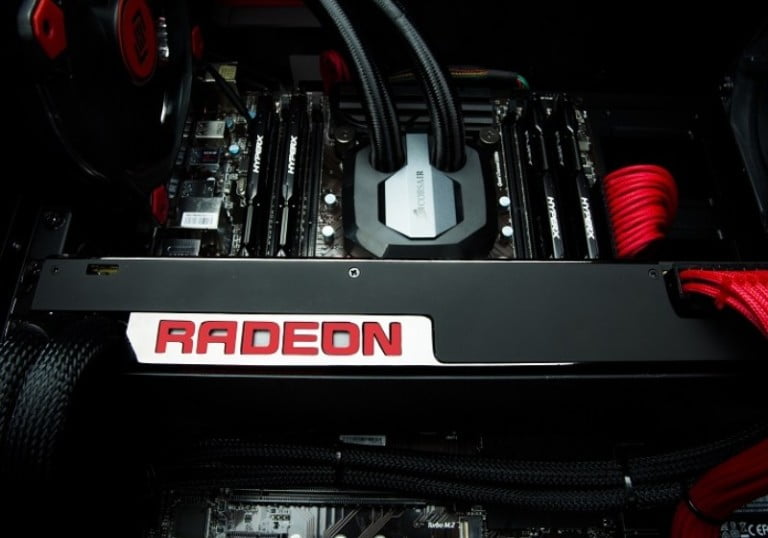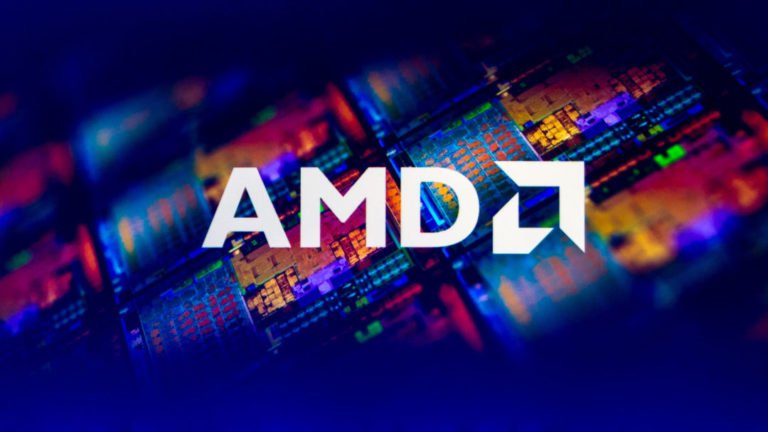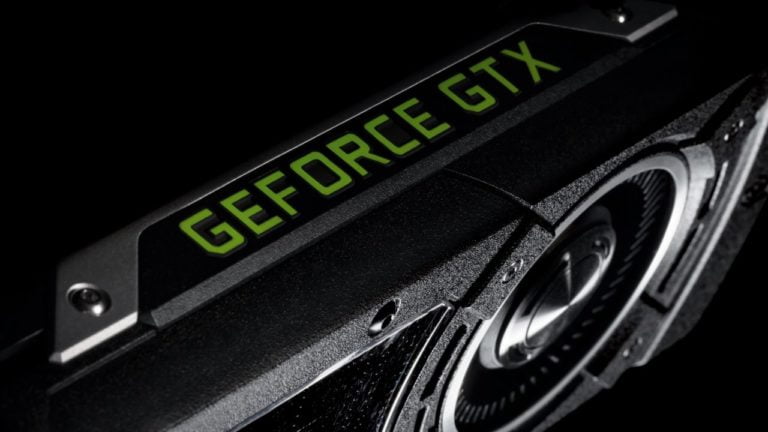Nvidia GTX 1060 3GB vs 6GB: VRAM Enough for 1080p But Not for HD Textures

Nvidia recently released a cut-down three gig version of the GeForce GTX 1060. The card obviously has half as much VRAM as the top tier model but there is another interesting difference and it all comes down to the shader count. The GTX 1060 3GB has fewer CUDA cores than its bigger brother: the 1280 shaders on the 6GB version get cut down to 1152. Other than these couple of compromises, you will note that it’s pretty much business as usual.
Nvidia GeForce GTX 1060 3GB Specs
The 3GB version uses the exact same technology as the full-fat GTX 1060 – we’re looking at the same 192-bit memory bus with 8Gbps modules for a total bandwidth of 192GB/s. The base and boost clocks also remain unchanged.
- Graphics Core: GP106
- Process: 16nm FinFET
- CUDA Cores: 1152
- Base Clock: 1506MHz
- Boost Clock: 1708MHz
- Memory Clock: 8GHz
- Memory Bandwidth: 192GB/s
- Connectors: 3x DisplayPort, 1x HDMI 2.0, 1x Dual-Link DVI
- TDP: 120W
GTX 1060 3GB Performance – Is the New Card Future-proof?
There are two things we need to consider with this card. First, to what extent does that reduction in shader count impact performance compared to the top tier 1060? Secondly, is 3GB enough for modern gaming?
Well Nvidia reckons that the cut down GTX 1060 offers performance that is only around 5 per cent slower than the standard card. But one thing worth mentioning here is that most of the 1060s on the market have factory overclocks in place. The MSI GeForce GTX 1060 Gaming 3GB for example, adds 88MHz to the core and it will easily boost to 2GHz which is indeed awesome. When we factor that into the equation, the full-fat 1060 only has a 2 per cent advantage.
Also, there will be scenerios where the shaders count differential makes no real impact whatsoever. As you would expect, this comes true for Rise of the Tomb Raider. Whether we’re running reference clocks or with the MSI overclocker, the overall frame rate average is the same and with the 6GB GTX 1060 in the mix, that only offers an additional one per cent increase in performance.
GTX 1060 3GB vs 6GB vs RX 470 vs RX 480 4GB Benchmarks
When Nvidia officially revealed the GTX 1060 specs, there was a lot of discussion about whether this is really a GTX 1060 since it is using a cut down version of the GP106 core. Maybe, they should have called it the GTX 1050 Ti or something else but the performance differential maybe isn’t enough of a big deal for Nvidia to come up with a whole new product line.
At 1080p at least, the cut down GTX 1060 beats AMD on seven of the eight benchmarks performed by Digital Foundry. Even Ashes of the Singularity on the cheaper 1060 beats the four gig RX 480 and it’s only one frame per second behind the 8GB model. The only one benchmark where AMD does win is Hitman on DX12. There might be some issues here given it’s not just AMD winning here but the GTX 970 is beating the cheaper 1060 by a hair which it shouldn’t – at least on paper.
Moving to 1440p, we expected to see stutter that could bring the average down, but that doesn’t seem to be the case except a general degrade in the overall performance.
For example, Assassin’s Creed Unity at 1440p encounters a split-second stutter possibly caused by the VRAM being tapped out. The game momentarily pauses as graphics data is swapped in and out of RAM. In comparison, the GTX 1060 6GB gives consistent performance throughout with no issues at all.
Let’s add in the Radeon RX 480 in its 4GB and 8GB iterations. You’ll see the same issue manifest on the four gig AMD card. The extra 1 gig memory doesn’t really help there. Once again though, when we move to 8GB, no problems whatsoever.
More concerning about GTX 1060 is the fact that we actually lost 15 per cent of performance on 1440p versus 5 per cent on 1080p when the 3GB model is stacked up against the full-fat card. That can only be down to VRAM overutilization. Chances are Nvidia’s driver might be mitigating stutter by reducing performance overall. This would lead to a far less jarring experience during gameplay.
VRAM Does Matter When It Comes to High-quality Textures
We know that several games have high-quality texure modes or HD texture pack that require much more VRAM than the GTX 1060 3GB model. Take Rise of the Tomb Raider for example. The benchmarks sequence (via: Digital Foundry) actually consists of three different test areas. Before we begin, we must point out that the game itself recommends that we do not run this benchmark simply because we don’t have enough VRAM.
The first bench sequence shows virtual parity between both GTX 1060 models while the RX 470 lacks behind as you would expect. But as we move on to the second sequence which is the most VRAM intensive, the GTX 1060 three gig kicks off with a bout of stutter then consistently loses around 30 per cent of its performance compared to the top tier 1060. Yes, it drops behind the RX 470. Obviously, the 6GB Nvidia card has no problems at all.
The AMD lead continues into the final third sequence even though on a computation level the GTX 1060 really is much stronger. It’s interesting to note that the AMD card with its four gig of RAM is managing to hold its performance level although it doesn’t meet the game spec.
Conclusion
Summing things up, Assassin’s Creed Unity suggested that the 3GB Nvidia card could match or perhaps even beat an AMD 4GB product in terms of memory management. But Tomb Raider clearly shows that an extra gigabyte of RAM can make a difference.
What we learn from this all is that you get the best out of the RX 470, the four gig 480 and this new GTX 1060 at 1080p resolution. With all of these cards, you are paying $200 or under so you’re getting excellent value. But, you can’t just ramp up everything it has to offer to get the best in-class experience. So it is advisable to stay clear of HD pack and high-quality textures, and don’t do Multisample anti-aliasing (MSAA). Stick to those guidelines and you’ll be just fine.
You may ask how much of the experience is compromised by doing this. Technically speaking, not much really. By and large, if you can spend the extra money on the six gig GTX 1060 or the eight gig RX 480, you kind of should do. Extra VRAM is always about future-proofing your setup.






